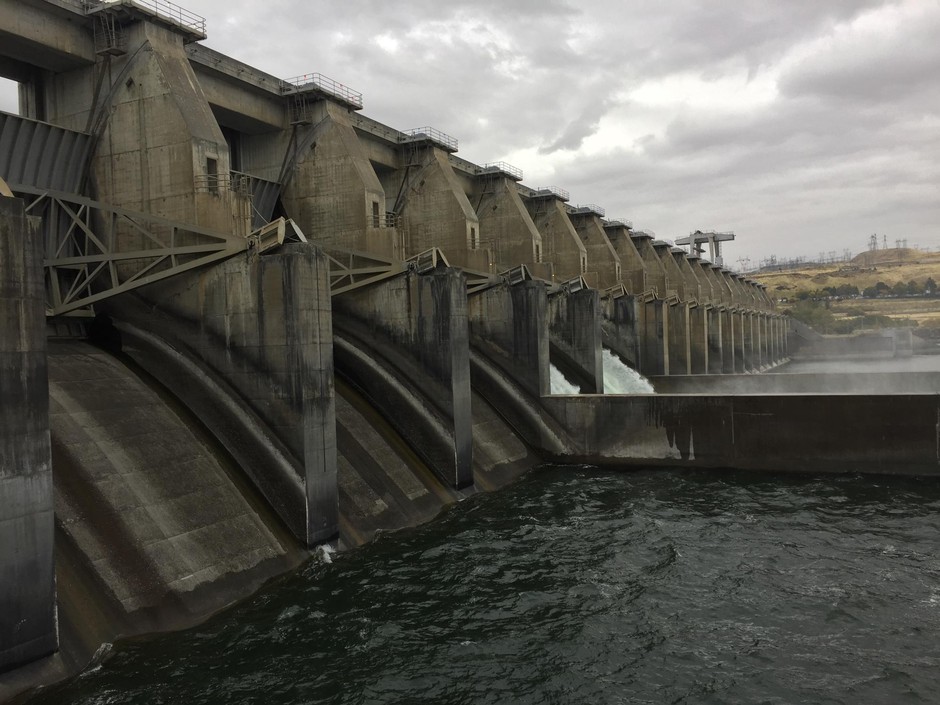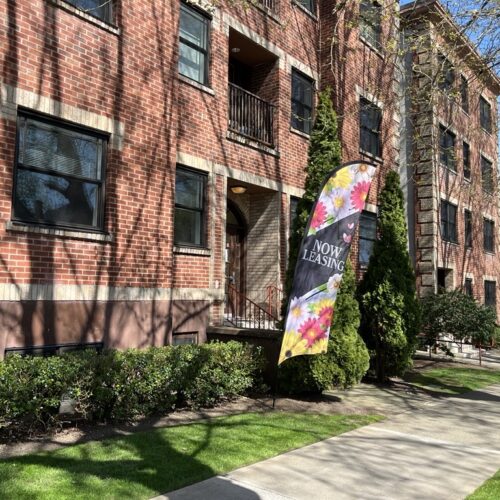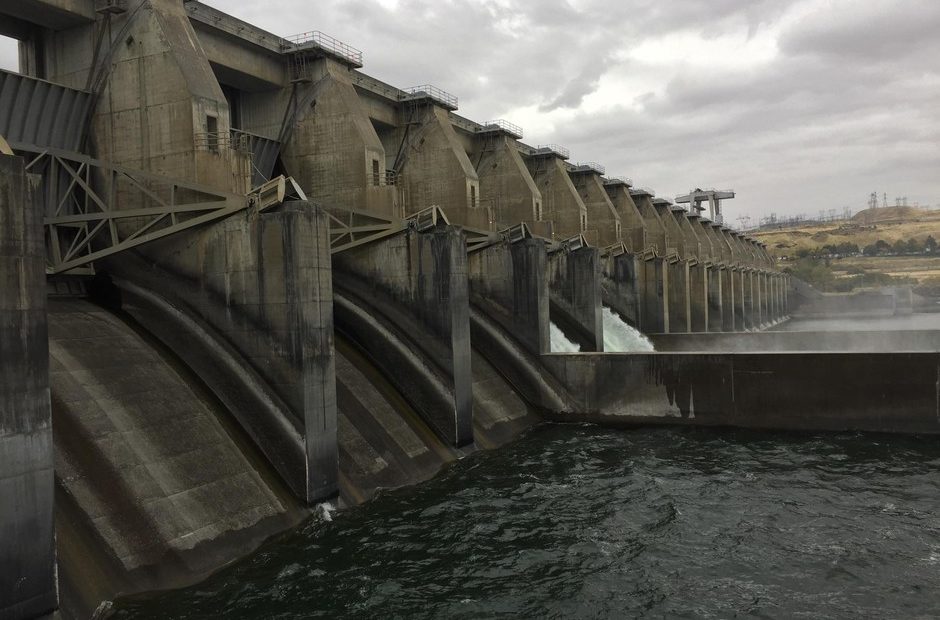
Agreement On Dams Aims To Help More Salmon Survive Columbia And Snake River Journey
Read On
BY TONY SCHICK, CASSANDRA PROFITA & DAVID STEVES / OPB
A new agreement aims to help more young salmon make their way past dams along the Columbia and Snake rivers.
The agreement, released Tuesday, spells out new strategies for spilling more water over the dams — and sending less water through power-generating turbines — each spring. It signals a reprieve to the yearslong legal skirmishes that have been playing out in federal courts over how best to save salmon and steelhead from extinction.
The fish face a number of challenges because of the hydroelectric dams built on the two rivers throughout the 20th century. Those threats include miles of slackwater behind dams, forcing juvenile fish to swim down rivers where currents previously carried them along. Dams also have created more opportunities for predators like sea lions and cormorants to prey on young salmon. And getting past the dams and their turbine blades presents dangers of its own.
Government and tribal leaders announced the new agreement, describing it as a way to strike a balance between fish survival and continued hydropower generation from eight dams on the lower Columbia and Snake rivers.
Spilling water has been ordered by the courts in the past, as recently as last spring.
But those orders have created friction between salmon recovery advocates and groups that say curbing the flow of water means less electricity — and that means higher rates for customers.
This latest approach calls for “flexible spill,” according to a joint statement released by the agreement’s parties. In other words, dam operators would control the volume of water that gets released to help move fish downriver; more water when electricity demand is lower, less water when there’s high demand for electricity. During those high-demand periods, more water would be sent through power-generating turbines.
These new strategies for spilling water past the dams would be in place for three years on eight dams on the lower Columbia and Snake rivers. The agreement “avoids litigation” during that three-year period.
“I don’t think this piece would be the solution, but it might be the start of a move toward a solution, and that’s what I think we’re all hopeful for,” said Jim Litchfield, executive director of Northwest RiverPartners, a group that has opposed increased spill in the past.
“At the same time, we are concerned about the unprecedented and scientifically unproven levels of new spill being contemplated by the agreement,” said Litchfield, whose group represents utilities, ports, farms and other operations that support dams.
Fishing and environmental advocacy groups characterized the agreement an important incremental step in the right direction.
“The urgency for strong action remains, while Columbia Basin salmon remain on life support,” said Glen Spain, Northwest regional director of the Pacific Coast Federation of Fishermen’s Associations.
Tom France, regional executive director of the National Wildlife Federation, called the plan a step to help both salmon and the endangered resident orcas of south Puget Sound. Their waning chance of survival has been directly linked to the historically declining population of Columbia and Snake river chinook salmon.
“Much more will be needed, however, to protect endangered salmon — and orca — from extinction,” he said in a statement.
The parties that agreed to the new spill strategy include the Washington, Oregon and the Nez Perce Tribe in Idaho. Other parties include the U.S. Army Corps of Engineers and the Bureau of Reclamation, which operate the dams, and the Bonneville Power Administration, which markets hydropower to utilities and other customers.
Bonneville Power Administration spokesman Dave Wilson said the plan could keep everyone out of court for the next three years.
“The new approach is collaboration rather than litigation, working together the states, tribes, federal agencies,” he said. “We’re going to try to do it all.”
Some, including the federal judge who previously presided over the case, and more recently, Washington Gov. Jay Inslee, have called for research or consideration for the removal of dams on the lower Snake River. It’s an idea that’s been discussed as way to save salmon and ensure they are plentiful enough for orca survival in the Northwest — especially if more incremental steps don’t work.
Todd True is an EarthJustice lawyer who has represented environmental groups in legal action over the dams and salmon. He said it would be great if, after the new agreement’s three-year period, the government can come up with a long-term solution to protect salmon and orcas.
“Scientists have been saying for decades that’s the single biggest step we can take to put salmon on the path to sustainable populations,” True said. “So that is front and center and it’s an issue we think we need to come to grips with and address.”
Copyright 2018 Oregon Public Broadcasting
Related Stories:
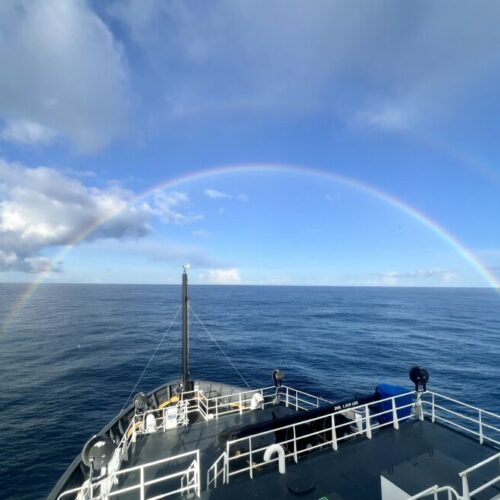
Ocean conditions mixed for salmon, leading to average salmon returns
NOAA biologist Brian Burke says mixed ocean conditions may lead to average salmon runs, but climate change is disrupting ecosystems—making continued research critical.

Canadian leaders hope trade negotiations won’t derail Columbia River Treaty
A view of the Columbia River in British Columbia. The Columbia River Treaty is on “pause” while the Trump administration considers its policy options. However, recent comments by President Donald
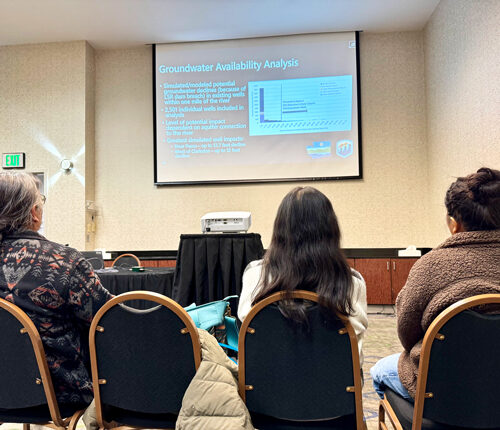
Snake River water, recreation studies look at the river’s future
People listen to an introductory presentation on the water supply study findings at an open house-style meeting in Pasco. After they listened to the presentation, they could look at posters

